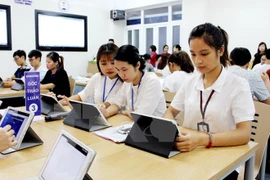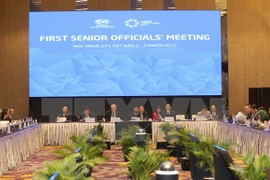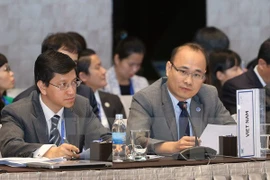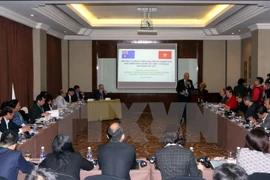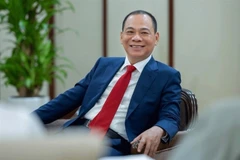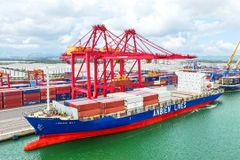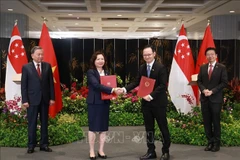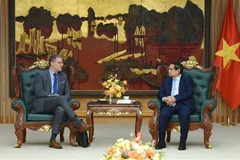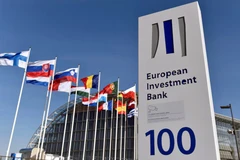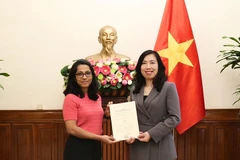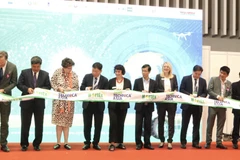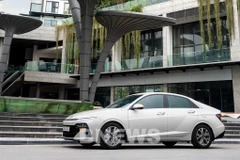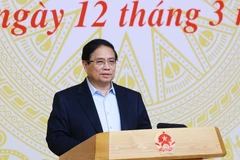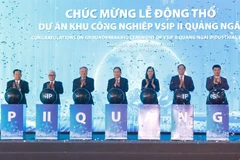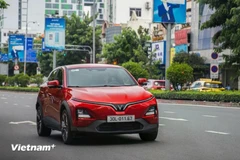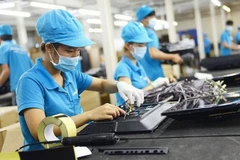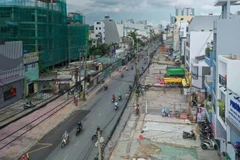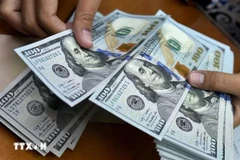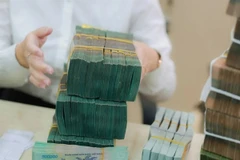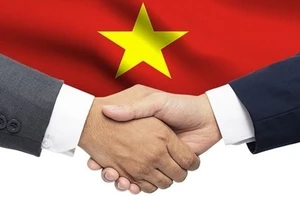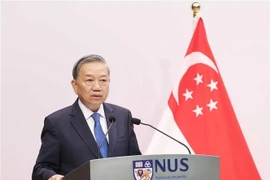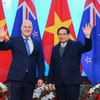Sydney(VNA) – The results of Vietnam’s “doimoi” (reforms) have been stunning, withaverage annual economic growth per person at 5.5 percent since 1990, among thehighest in Asia, according to Australian Minister for Trade, Tourism andInvestment Steven Ciobo.
Few countries aroundthe world better exemplify the benefits of trade and investment liberalisationthan Vietnam, the minister wrote in an article published on www.dfat.gov.au lastweek.
Ciobo said Vietnamis now a middle-income country with a population of 90 million, noting that thecountry has heavily invested in education and skills, reinforcing itsfavourable demographics, including a median age of 30.
“With the help ofpartners such as Australia, it is investing in transport infrastructure thatwill consolidate its favourable geography, notably its proximity to the growthengines of southern China and the world’s busiest maritime trading routes,” headded.
Commentors judgeVietnam as among the best of the emerging economies to escape the so-called“middle income trap” and follow a similar trajectory of the first Asian tigers likeSingapore, the Republic of Korea and Taiwan. By mid-century, Vietnam isexpected to join the world’s top 20 economies, he said.
Ciobo highlightedtrade and investment liberlisation as the core of Vietnam’s growth. “Two-waytrade is equivalent to 185 percent of Vietnam’s GDP. In a short period of time,clothing manufacturing has grown into a 40-billion-USD export industry, withVietnam now the second largest supplier of apparel to the United States, Japanand the Republic of Korea. Samsung makes nearly a third of its smart phones inVietnam. Foreign direct investment in Vietnam rose to record highs in both 2015and 2016”.
He cited the factthat Vietnam is now Australia’s 15th largest trading partner, withbilateral trade exceeding 10 billion USD and Australian investment in Vietnamgrowing strongly. Australia sees tremendous potential for its businesses togain market share in sectors such as agriculture, energy, financial services,education, tourism and health.
Australia ispursuing a strong innovation and education agenda with Vietnam and theAustralian-Vietnamese community represents the sixth highest foreign-bornpopulation in Australia.
The minister notedas Vietnam prepares to host Asia-Pacific Economic Cooperation (APEC) leaders incentral Da Nang city in November, Australia is working closely with Vietnam todrive economic connectivity and reduce trade barriers among APEC’s 21 membereconomies.
“Vietnam is one ofthe largest users of ASEAN-Australia-New Zealand Free Trade Area tariffpreferences for Australia, and the two countries are involved in negotiationsfor a Regional Comprehensive Economic Partnership, a trade agreement that wouldcover over 30 percent of global GDP. While the United States has withdrawn fromthe Trans Pacific Partnership (TPP), Australia, Vietnam and other TPP membersare working to ensure the benefits of the agreement are not lost,” he added.
He stressed that thetime has come for Australia to take relations with Vietnam to a new level andencouraged Australian businesses to be part of Vietnam’s remarkable growth.
Minister for Trade,Tourism and Investment Steven Ciobo will accompany Australian Prime MinisterMalcolm Turnbull to visit Vietnam during its APEC host year in 2017.-VNA


